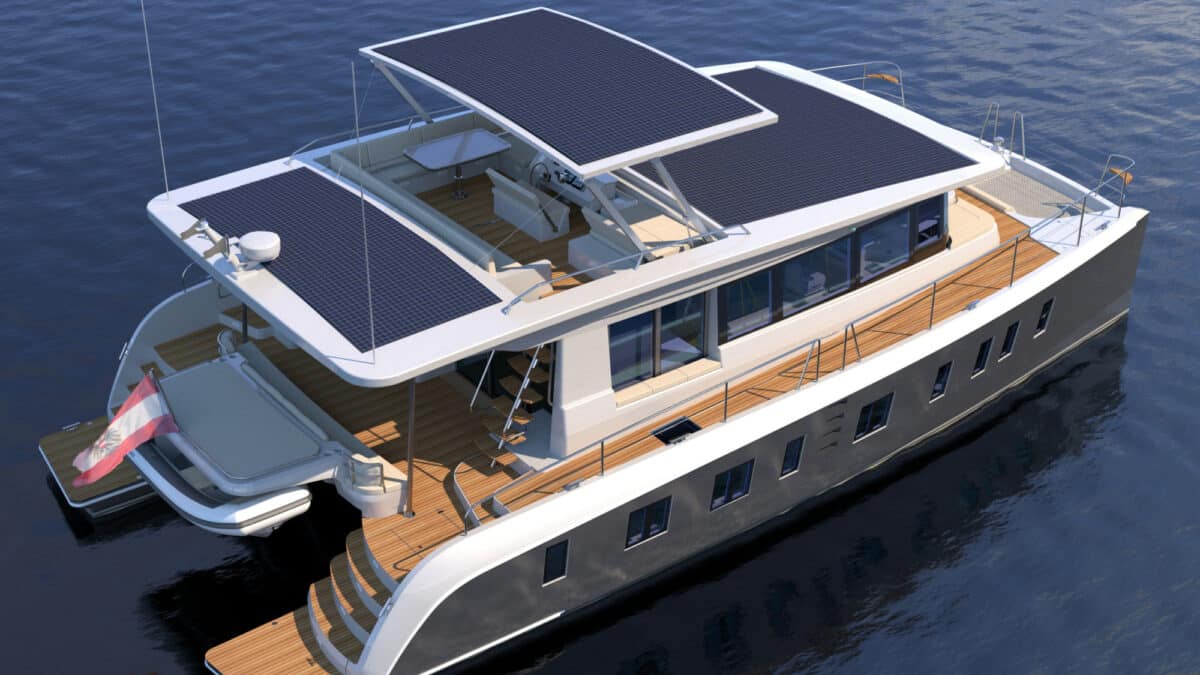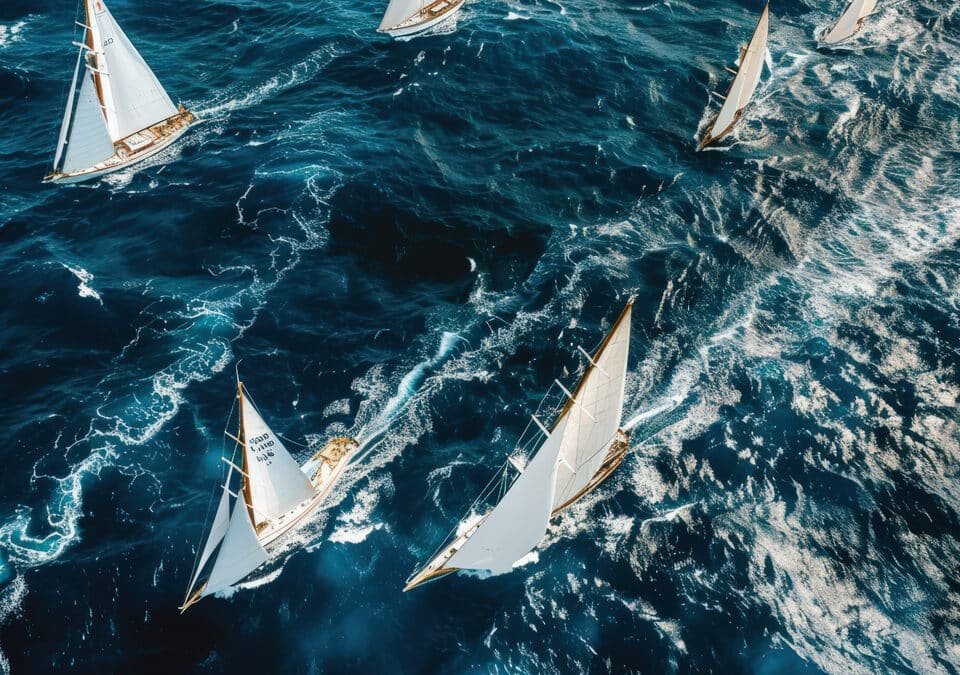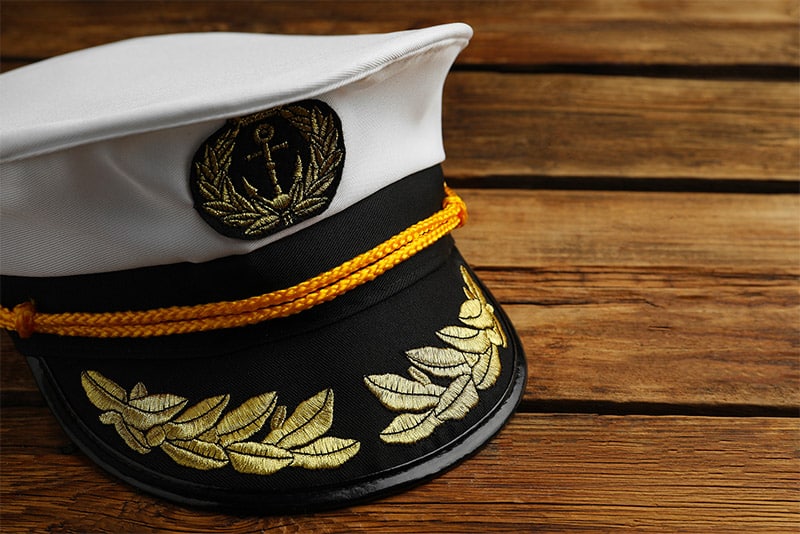
Changing careers to become a sailing and motorboat captain
12 May 2024
The skills of a professional yacht captain
1 August 2024The marine industry, like many others, is turning to more sustainable solutions to reduce its environmental footprint. Eco-friendly boats, incorporating technological innovations and eco-responsible practices, represent a promising alternative for the future of boating.
Technological innovations for eco-friendly boats
Quiet and non-polluting, electric motors offer clean, environmentally-friendly navigation, thanks to high-performance batteries and solar recharging systems that extend the range of these boats.
In addition, solar panels can be integrated into the boat’s structure, generating part of the energy needed on board and reducing fossil fuel consumption. Some eco-boats also use turbines to harness wind energy and contribute to their power supply.
Composites and coatings
Innovations are also being made in composites and coatings for the construction of environmentally-friendly boats with :
- Biocomposites: Made from natural fibers and biosourced resins, these materials offer an environmentally-friendly alternative to traditional composites.
- Natural fibers: Flax, hemp and bamboo, for example, are used in the construction of hulls and other boat components, offering lightness and strength.
- Ecological resins: Derived from plant or recycled resources, these resins reduce the environmental impact of shipbuilding.
- Biosourced paints: based on vegetable oils or minerals, these paints do not pollute the water and effectively protect the boat’s hull.
- Biocide-free antifouling systems: using ultrasonic technologies or natural coatings, these systems prevent the proliferation of algae and marine organisms without harming the environment.
Waste and water management
Waste and water are also being addressed to reduce passengers’ impact on the environment:
- Wastewater treatment systems: filtration and purification systems treat grey and black water before it is released into the environment. This water can be recycled for non-potable uses on board, such as deck washing or watering.
- On-board waste management: dedicated areas allow on-board waste to be sorted and redirected to appropriate recycling or treatment channels. The use of sustainable and biodegradable products is the best way to limit the amount of waste generated on board.
Examples of eco-friendly boats
Suncat46 Catamaran
This solar-powered catamaran can accommodate up to 45 passengers, making it ideal for environmentally-friendly river transport, with silent electric propulsion.
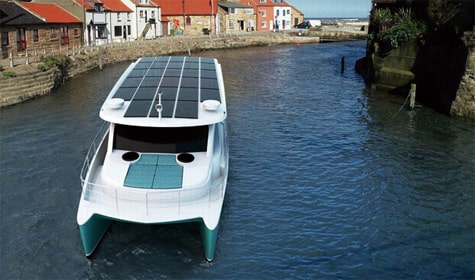
Photo : horizonyacht.com
Windelo 54
This hybrid catamaran for ocean cruising has been designed and developed to reduce its carbon footprint to a minimum.
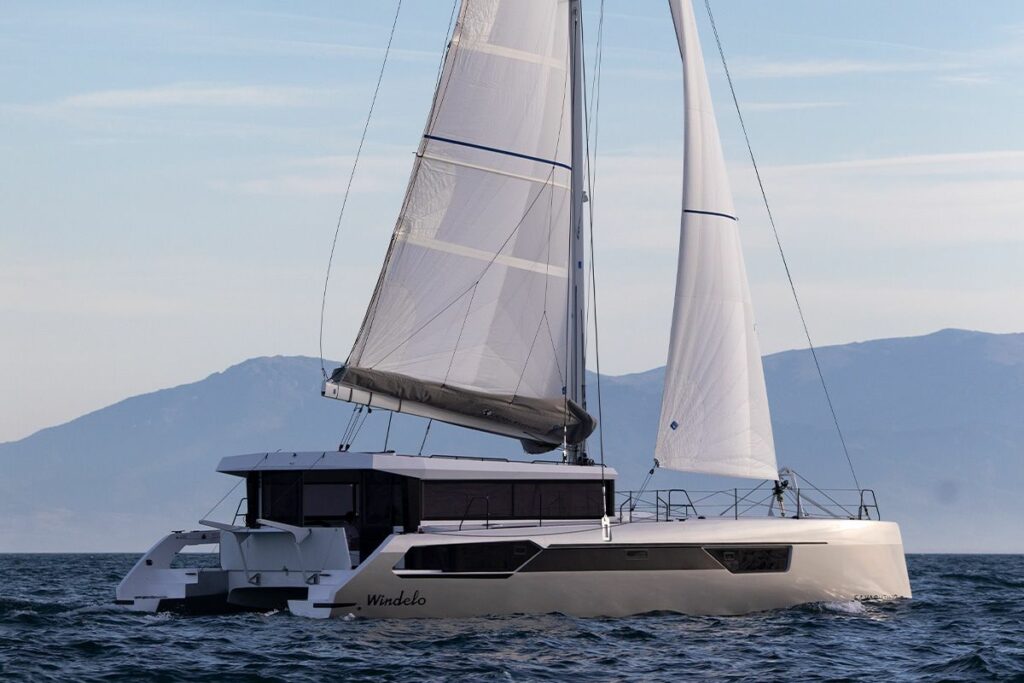
Photo: Windelo Ocean Future
Silent Yacht 55
This luxury yacht uses cutting-edge technologies for silent, eco-friendly cruising, with electric propulsion and solar panels.
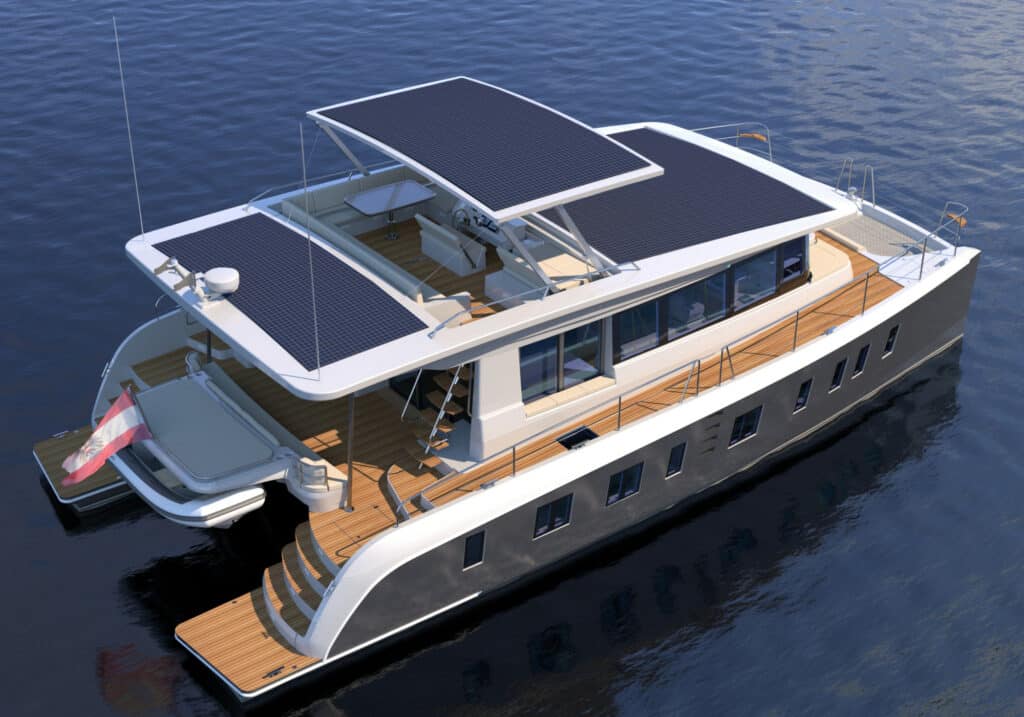
Photo : Mer&Ocean, le média des mers
The Pajot Custom yachts 115
This eco-friendly yacht incorporates sustainable materials, renewable energy systems and innovative solutions to minimize its environmental impact.
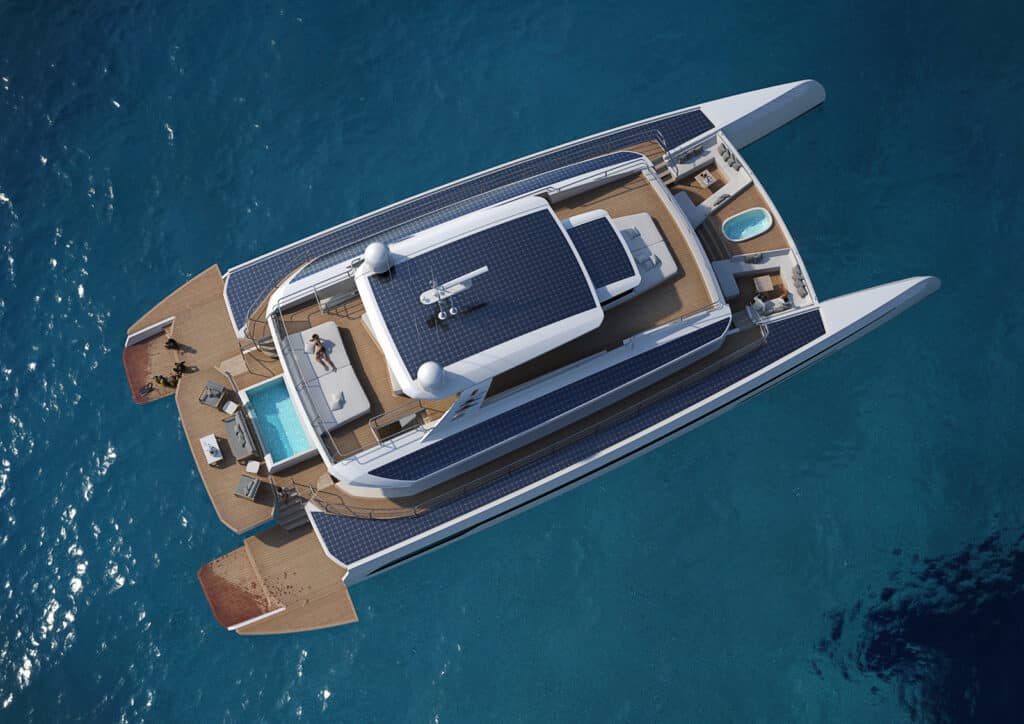
Photo : The Eco Yacht
Advantages of eco-boats
- Lower emissions of greenhouse gases and atmospheric pollutants.
- Protecting water quality and marine ecosystems.
- Reduced operating costs.
- Positive image for owners and operators of eco-friendly boats.
- Contributing to the promotion of sustainable development in the nautical sector.
- Policy initiatives and regulations: promoting eco-friendly boats, subsidies, reserved navigation zones.
Eco-friendly boats represent a promising alternative for a more sustainable and environmentally-friendly future of boating. The transition to greener boating is a collective challenge that involves all players in the sector, from boatbuilders and yachtsmen to authorities and marina managers. By combining our efforts and innovating, we can make boating a sustainable, environmentally-friendly activity for future generations.
